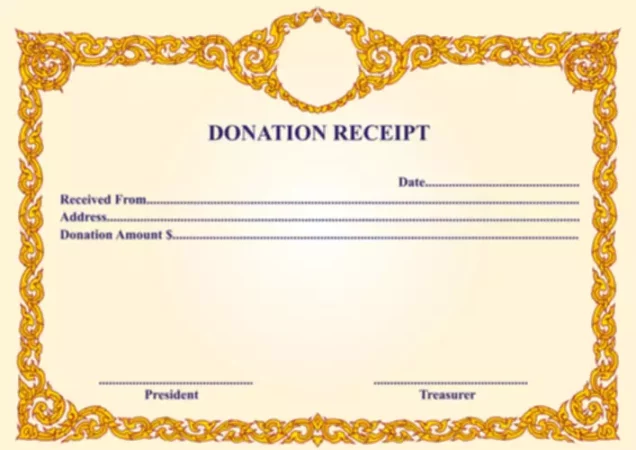Most of us are used to writing a check or paying cash to a charity of our choice. Today, we want to share with you a different way to make donations.
What are in-kind donations?
This is a term that shows up a lot, but what exactly does it mean? An in-kind donation is when an individual wants to donate to charity, whether that is a church, hospital, or any non-profit organization and uses a different strategy or a different way. It is giving a specific asset to charity as opposed to just cash or a check. There are two types of in-kind donations or contributions:
- Securities, such as mutual funds, bonds, stocks and any type of appreciated assets that are held in a securities format;
- Goods or services, such as a used car, real estate, furniture, artwork, food, clothing or legal advice, accounting, or volunteer work.
In-kind donations can be valuable if donated items are integral to the organization’s mission, such as providing clothing for the homeless or food for a food pantry.
In-kind contributions benefits for donor and charity
The benefits of this type of donation are powerful but pretty simple. For the donor, these include:
- Double tax benefit
The first part of this double benefit is once you have donated appreciable assets that were held for a period longer than 12 months to charity, you can donate the higher value of the asset. So, if you bought a stock at $10 and it appreciates to $20 when you donate to charity, you get to write-off the $20 value. The second part is that you permanently avoid the 15% capital gains tax that you would have otherwise paid if you would have cashed it out.

- Reduces taxable income and maximizes deductions
This strategy can make it a little bit easier to have some additional tax benefits by just thinking outside the box a little bit. For example, if you have an investment account and inside that account, you have some appreciated assets or some assets that have gained additional value over several year time period, there is a better way to donate to charity than writing checks or paying cash on a monthly basis.
What you can do is donate these assets directly to the charity of your choice. This will significantly reduce the taxes you would pay by cashing out these assets, increasing your income and paying taxes on that extra income, and then making the donations and getting the deductions. Keep in mind that there are now higher standard deductions, so you might want to bundle up your charitable contributions and other deductible items together in one year to make them count and get the deduction you want. A bonus benefit is that if the charity sells that gift of securities, it will not have to pay any taxes on it, which will increase the amount that actually goes to the charity.
- Qualified charitable distribution (QCDs)
Investors who are already taking their RMDs, which are required minimum distributions that have to come out of portfolios of people who are over age 70 and a half annually, can use this qualified charitable distribution by sending up to $100,000 in RMDs to the charity/s of their choice. You would let the financial provider work directly with the charity and by doing the QCD, the amount of that RMD that is going into the QCD will not affect your adjusted gross income. Thus, it is more advantageous to give this way, especially if you will be itemizing your tax deductions.
If you are the organization that receives these in-kind gifts, you obviously benefit from the goods or services that you receive without having to pay for it. In addition, it is much easier to get this type of donation, as opposed to cash. Thus, do not be afraid to let people know what you would appreciate having donated to you, e.g. you might need a new office computer or cleaning supplies or would really benefit from some extra hands. At the same time, establish some policies about what you do and do not want to accept.

What charities need to know
Receiving in-kind donations is great for the organization. However, you should understand how to value it and how it will impact your finances. You would need to record these contributions as both revenue and expenses. The donation will be recorded at fair market value as revenue. To offset this entry, you will record the same amount as an expense of the in-kind service or good.
These records will also help you to plan your budget for the future. You will know how much you will need to be donated (or purchase if there are not enough donations) to maintain the sustainability of your program if these contributions are required to fulfill your mission.
Organizations also need to know and understand the laws that surround these donations because they can be a little complicated. For example, if you are going to receive a gift let’s say a piece of property or a live animal, there are certain laws and forms that have to go along with that. You will also need to provide proper receipt/documentation to your donor when you receive the donations.
Finally, as we mentioned earlier, establish policies. The donations policy will help give structure to your organization about what you are willing to accept and steer you in the right direction as to what to ask for. You will want to break down the policies into specifics and make sure they reflect the values of your organization. For example, if your organization has values like empowerment and innovation, and people and employees are walking into an office full of broken chairs, it will not reflect your values and motivate them. It is OK to say “No, thank you”, but at the same time show appreciation.

















